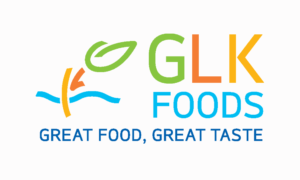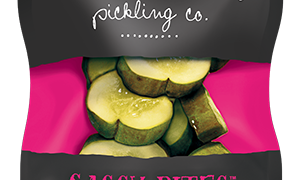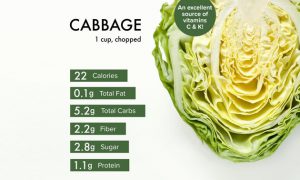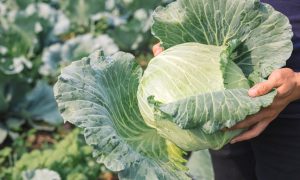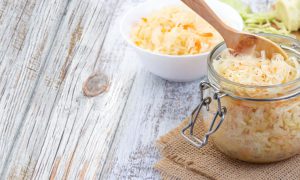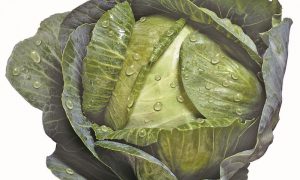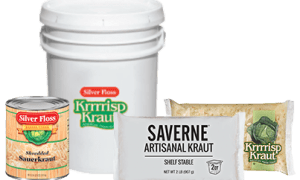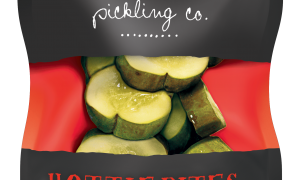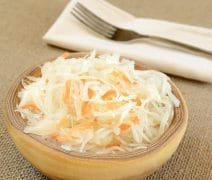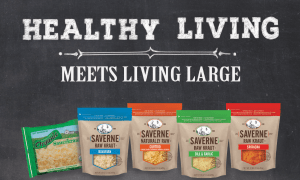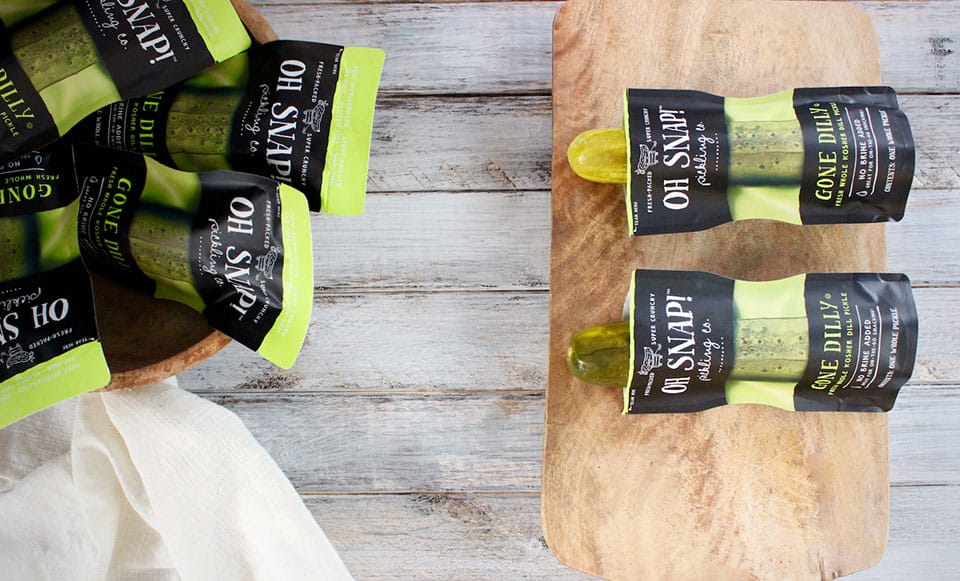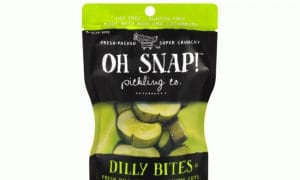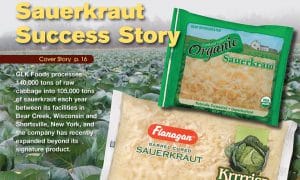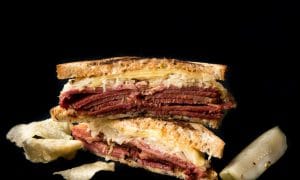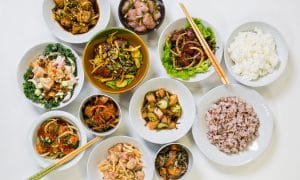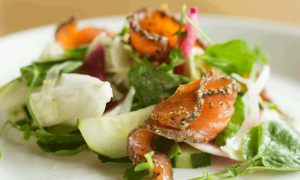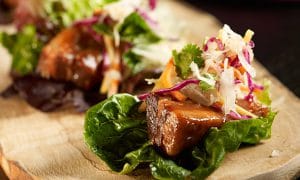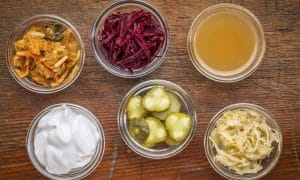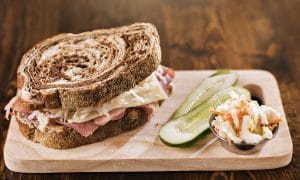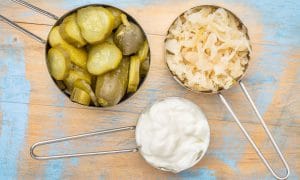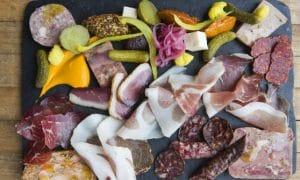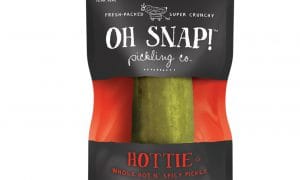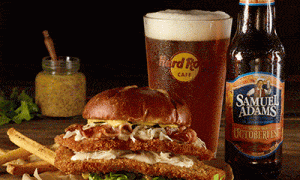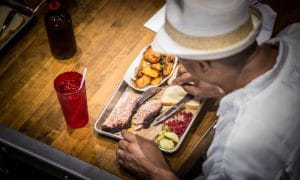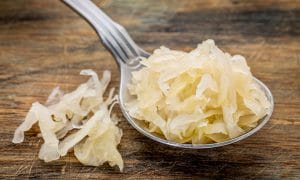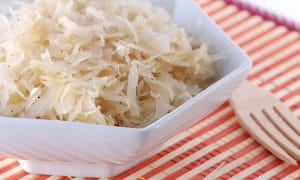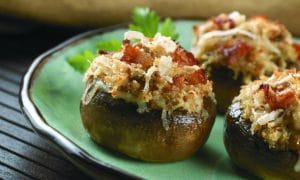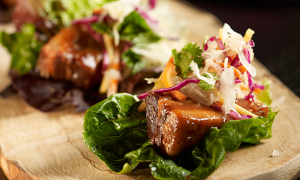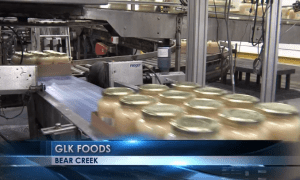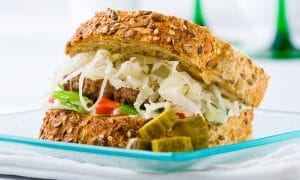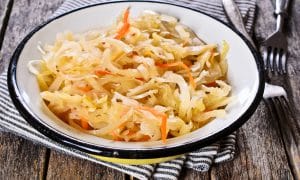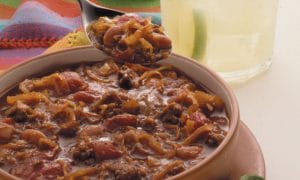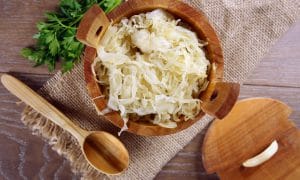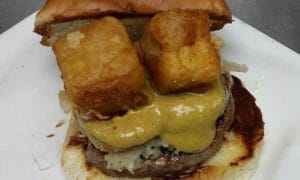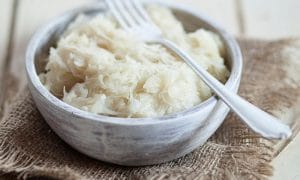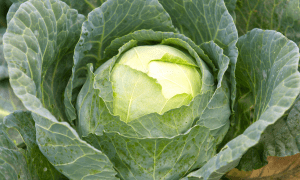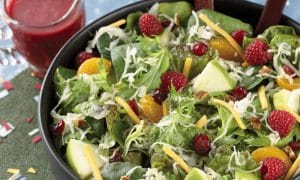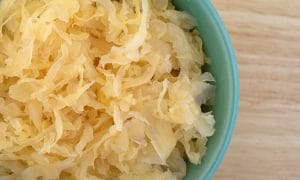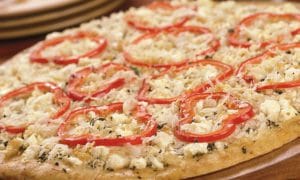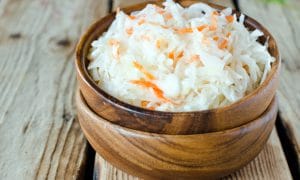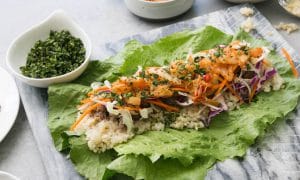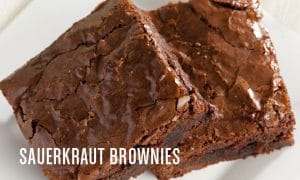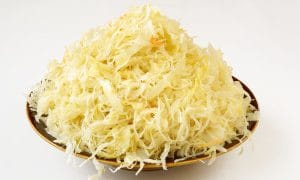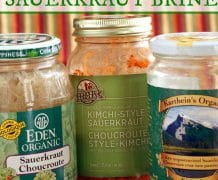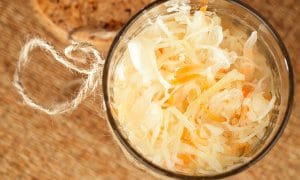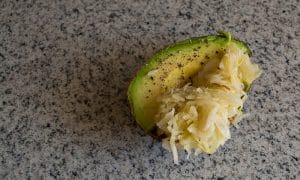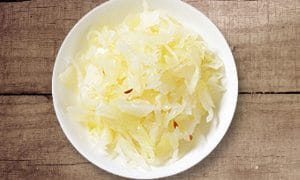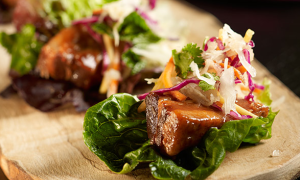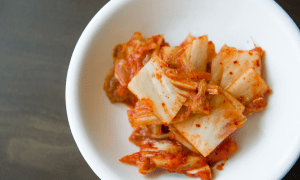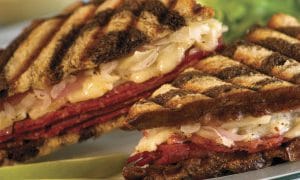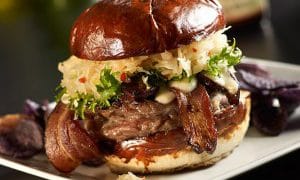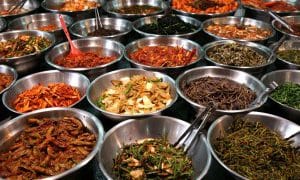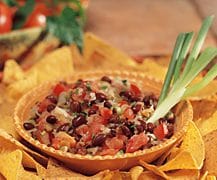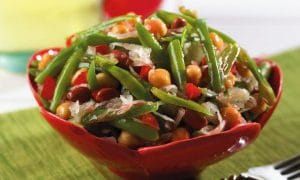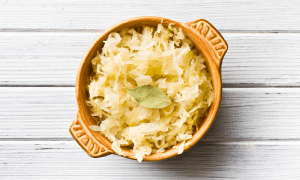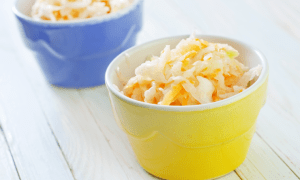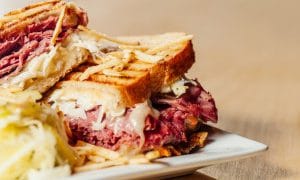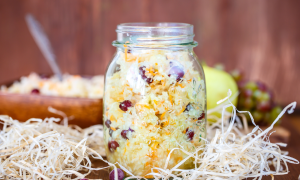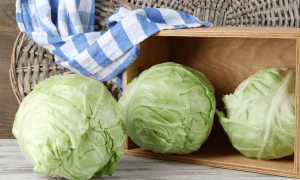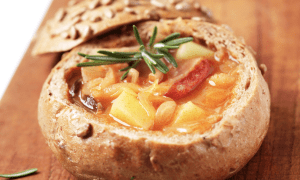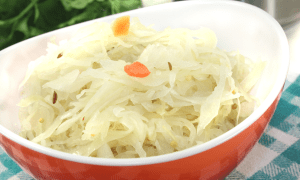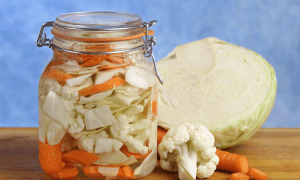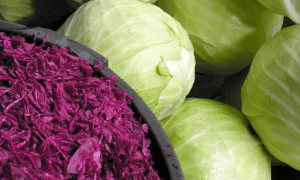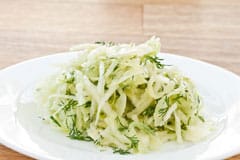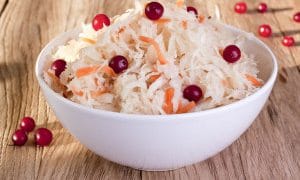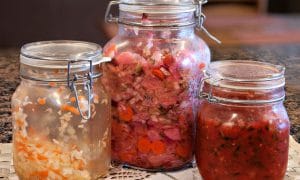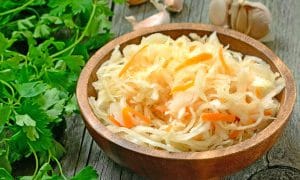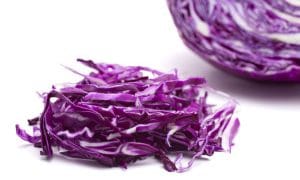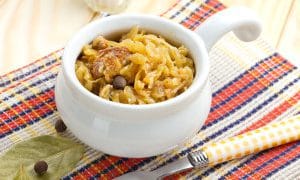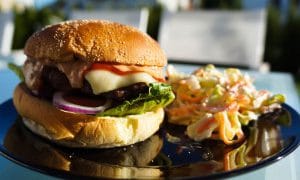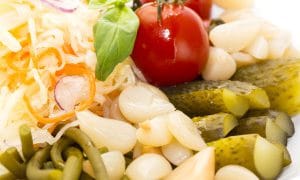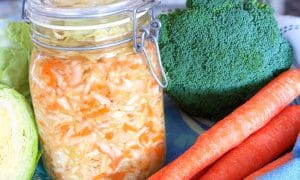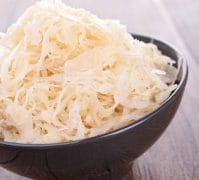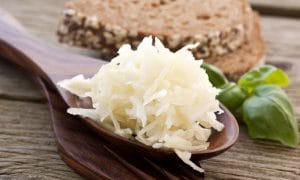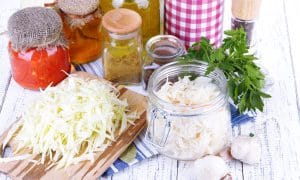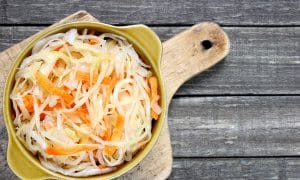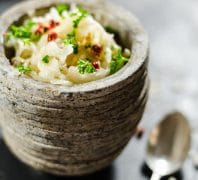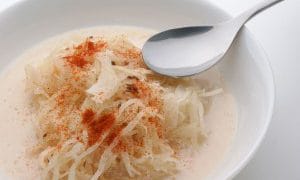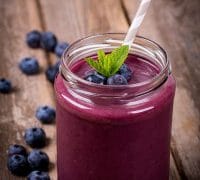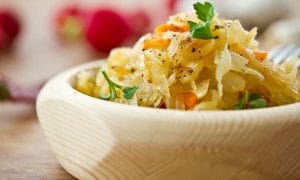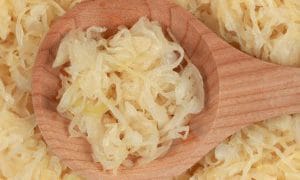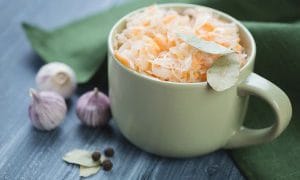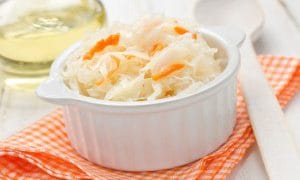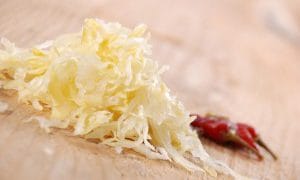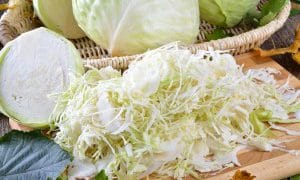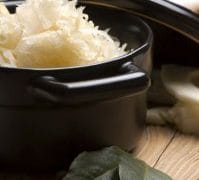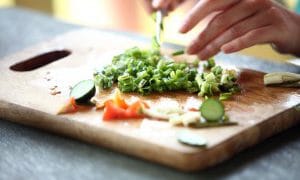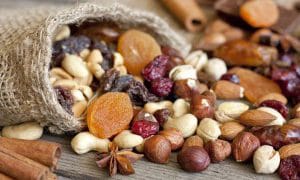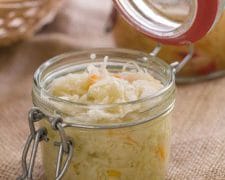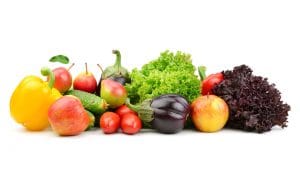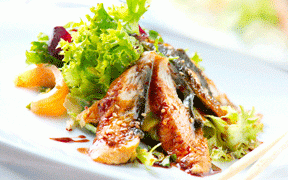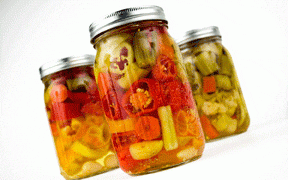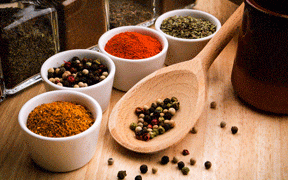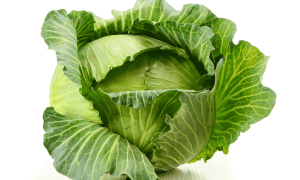Let's Connect
To share a recent experience with one of our products, please click here. If you have other questions, comments, or ideas that you would like to share, please let us know by completing the short form below. Keep checking back — we are always up to something new!
Let's Connect!

Newsroom
Stay connected to innovative products and the people who make them.
Top 5 Food Crazes of 2015
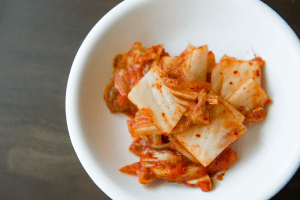 In 2014 we went mad for kale, quinoa and craft beer, so what will be the food trends of 2015?
In 2014 we went mad for kale, quinoa and craft beer, so what will be the food trends of 2015?
Here are our top five predictions for the next food crazes.
Kaniwa
Now that we have all worked out how to pronounce quinoa, there is a new super-grain to get your lips around. Kaniwa (ka-nyi-wa), a relative of quinoa that also hails from South America and is dark reddish-brown in colour, with a nutty, slightly sweet flavour.
High in protein and gluten-free, it is smaller than quinoa but just as versatile, and can be used in salads, pilafs and soups – or as a breakfast food.
Also becoming popular with health-conscious celebs is the Ethiopian super-grain teff. Cooked in a similar way to quinoa, try it as a hot breakfast cereal instead of porridge.
Cauliflower
The kale craze is waning (about time). It’s time for the dowdy old cauliflower to have its moment to shine.
Cauliflower, long considered the poor cousin to broccoli, is becoming a regular on restaurant menus, jazzed up with bold sauces and interesting spices. Expect to see some creative versions of the cruciferous vegetable in salads and as side dishes.
Cauliflower steaks have already proved a hit in the US, and LA-based restaurant Superba Snack Bar even has a cauliflower T-bone on its menu which it serves with almond hummus and olive and raisin pistou. For those who are convinced cauliflower is bland and boring and should remain in the vegetable crisper, be inspired by influential New York chef Dan Barber, of Blue Hill. On his menu: roasted cauliflower with sausage bolognese and cheddar-bacon broth.
Seaweed
Seaweed is set to transition from sushi rolls to dinner plates with chefs serving it in salads, seasonings, sauces – even as a seaweed butter. High in iodine and purportedly excellent for detoxing, keep an eye out for dishes which include wakame, kombu and dulse. Beverages are also getting into the algae action, with a sprinkle of seaweed added to smoothies and juices. In America, a Maine-based brewing company is using seafood in booze, recently releasing a seaweed-infused craft beer.
Fermented foods
The buzz about kimchi, miso and kraut – and their so-called probiotic powers – will get louder next year. While raw food enthusiasts have long embraced fermentation, the trend is set to go mainstream with DIY lessons on how to create your own kraut and kombucha. Health experts are also encouraging people to pick up a jar of kraut from their health store and put a dollop on their meals to improve digestion. More chefs will continue to work the age-old tradition into their menus and follow the lead of restaurants such as Marque in Sydney, which serves wagyu beef with beetroot and radicchio kimchi.
Ice-cream sandwiches
Sweet tooths will be doubly happy: cronuts and cupcakes are out and ice-cream sandwiches are on the rise. Look out for delicately constructed versions on dessert menus and at gelato bars as the trend, which took off in New York in 2014, reaches Australian shores. Among the combinations are dulce de leche ice-cream sandwiched between chocolate chip cookies, and brownies with vanilla gelato. An added bonus is that unlike cupcakes, ice-cream sandwiches are quick and easy to make at home. Grab some biscuits, or even the old-school wafers, and wedge your favourite ice-cream in between.
What foods do you predict will be big in 2015?
Article from The Guardian, October 29, 2014, by Ellen Connolly. Visit Krautlook for more information on fermented foods and the best kraut recipes.
Category: Industry News
Other Press Releases

GLK Foods is the world’s largest producer of kraut.
To share a recent experience with one of our products, please click here.
GLK Sauerkraut, LLC | 4600 American Pkwy, Suite 300, Madison, WI 53718 | Copyright © 2025 GLK Sauerkraut, LLC. All rights reserved | PRIVACY POLICY | TERMS OF USE

